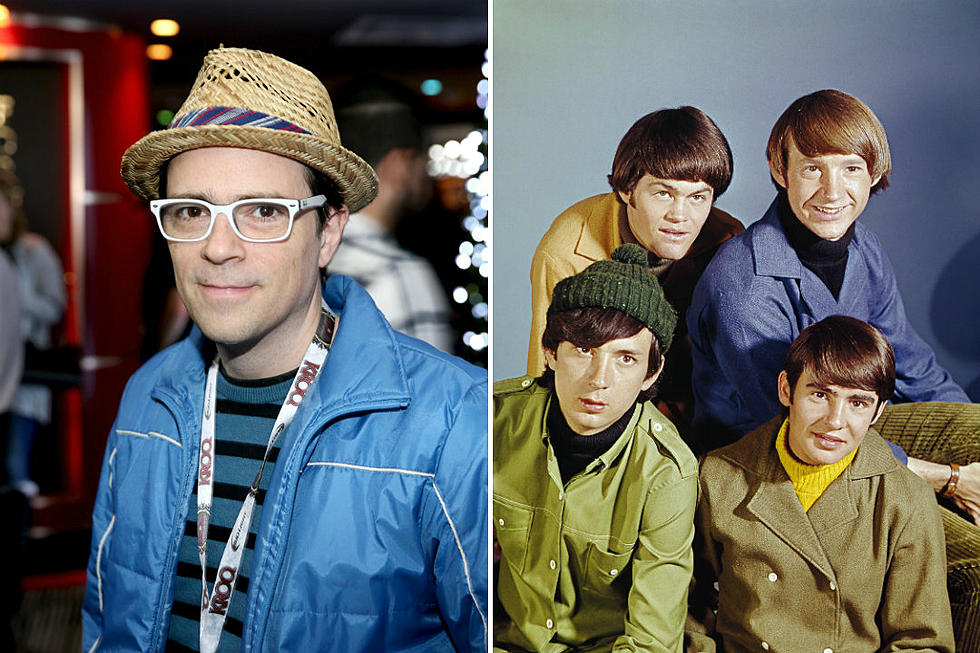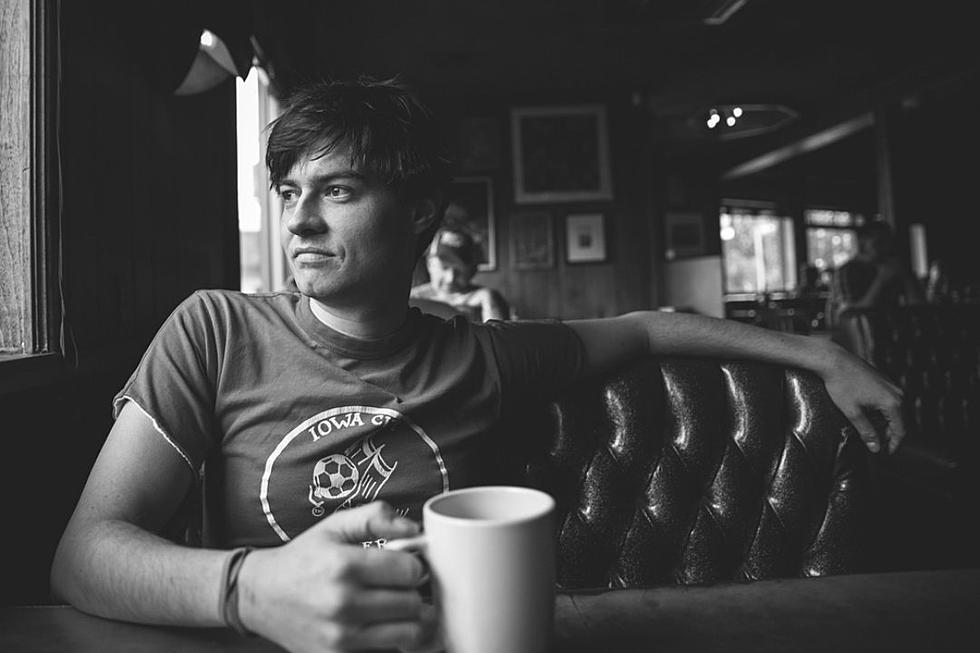When Death Cab for Cutie Overcame Deep Adversity on Transitional ‘Photo Album’
A transitional project in every way, The Photo Album arrived in October 2001 with Death Cab for Cutie in flux - and it sounds like it. Still ahead was the brilliant, career-making Transatlanticism but, at this point, Death Cab were still searching for a sense of direction, a drummer and, most frustratingly, day jobs.
The often-dreary 2000 release We Have the Facts and We’re Voting Yes confronted these struggles head on, notably in "The Employment Pages," as a desperately poor Ben Gibbard was reduced to applying for a position at a local hardware store – only to get turned down.
That earlier album was the last to feature contributions from drummer Nathan Good, who'd been with Death Cab for Cutie since 1997's You Can Play These Songs With Chords. It was also their first after moving from Bellingham, Wash. (where Gibbard and bassist Nick Harmer had attended Western Washington University) to Seattle, in an effort to grow from a promising local band to a national touring act.
All of this turbulence made for an uneven creative process, and an uneven album, though glimmers of promise remain.
Certainly, they offered hooky, purposeful moments like "A Movie Script Ending" and "I Was a Kaleidoscope," the latter of which Gibbard has said was "about a winter's day," amid the intimate lyricism of "We Laugh Indoors" and "Steadier Footing." In fact, this project includes some of Ben Gibbard's most accomplished observational moments to date.
"In the past, I've always tried to cloak stuff and dance around the meanings in the lyrics," Gibbard told Under the Radar in 2002. "I'm starting to come around to more straightforward lyric writing; I've been trying to do more of a Raymond Chandler thing, just keep it really simple."
But here he's still discovering his own voice, and still trying to build an album-length framework for it, even as those earlier songs are delivered amongst the seething anger of "Why You'd Want to Live Here" and then "Styrofoam Plates," an acidic rejoinder to a now-dead absentee father. "Blacking Out the Friction" attempts to find some balance, pairing a lonesome electric piano with flinty guitar bursts, but The Photo Album ultimately never achieves the internal rhythm which one day made their deeply emotional song cycles soar.
The truth is, Death Cab for Cutie were at loose ends. Almost five years into their musical career, they still hadn't nailed down much beyond a distinctive name taken from a Bonzo Dog Doo-Dah Band tune featured in the Beatles' Magical Mystery Tour film.
Listen to Death Cab for Cutie Perform "A Movie Script Ending"
They recorded You Can Play These Songs With Chords as a cassette-only release on Bellingham's Elsinor label, with Gibbard and former guitarist Chris Walla handling producing duties on a late-'70s-era 80-8 reel-to-reel tape machine. Still dreaming of the big time, Death Cab used the same machine on 1998's heartfelt Something About Airplanes even as critics and fans alike started saddling them with the dreaded "emo" tag.
"People are writing about your band — I mean, how cool is that?" Walla countered, in the same talk with Under the Radar. "Does it really matter what anybody calls you? Sure, we're an emo band, but we're also a rock band. We're also a twee band. We're also an indie pop band. It doesn't really matter to me at all."
If Death Cab didn't yet have a concrete musical persona, they had even more problems nailing down a regular drummer. (Good's replacement Michael Schorr only lasted through The Photo Album era; Jason McGerr took over before Transatlanticism, and thankfully remains.) Once close knit, they suddenly seemed to be going in opposite directions.
"When we moved to Seattle, everybody kind of disappeared into different corners of the city and it was a very difficult time for the band," Ben Gibbard told MTV in 2011. "It was a time where ... there was the possibility we might break up or stop playing music. So, yeah, it was kind of difficult."
What saved them, beyond those moments when The Photo Album pointed the way toward future triumphs, was a return to the road. "We've played a lot of [these songs] live for so long that we were able to work out a lot of the bugs in the arrangements early on," Gibbard told Under the Radar. "Touring with a lot of those songs [made] it a lot easier to hop in the studio, bang it right out and have it sound a lot more confident."
The songs here, like the band itself, has continued to mature through live performances. The Photo Album, though it failed to chart, provides the first clear inklings of where Death Cab for Cutie will go on the gold-selling Transatlanticism and into a string of consecutive Top 10 Billboard hits beginning with 2005's Plans.
"There's a quote from Bob Dylan that I really like: He said the best versions of his songs were never recorded; they were played out on the road somewhere," Gibbard told Cleveland.com in 2012. "When I listen to our older records, there's an element of seeing a high-school photograph of yourself I'm struck by how much a song may have changed – how differently I play it and how differently I sing it compared to five years ago or whatever.
"For some people, the album version of, say, 'A Movie Script Ending' is the definitive version. But I've played that song thousands of times now," he added. "To me, the song that I know as 'Movie Script Ending' sounds nothing like the album version. It's maybe a little faster. The dynamics have changed. And I sing it a lot more confidently than I did back then, when I was more shy about my voice."
Every Death Cab for Cutie Album Ranked
More From The Moose 94.7 FM










